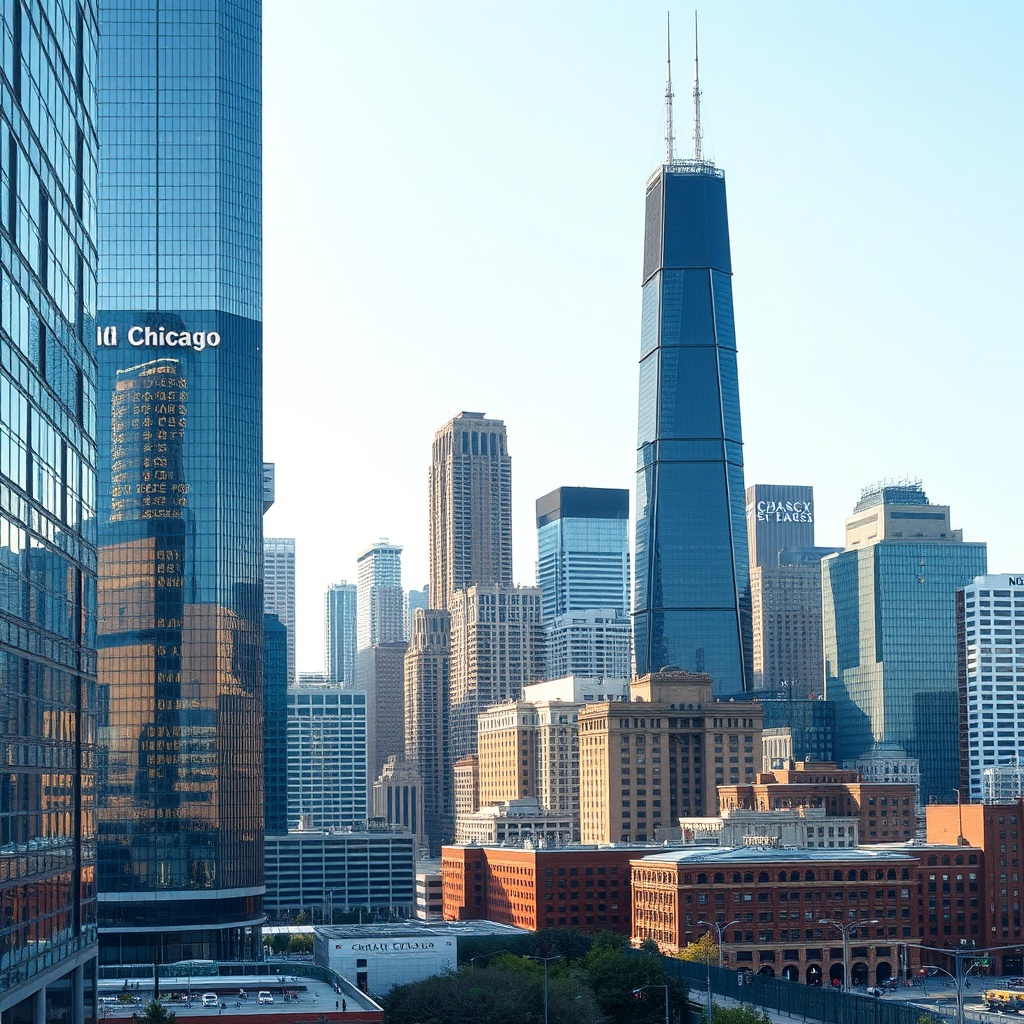Chicago blends soaring architecture, lakefront green space, and a food scene that keeps both locals and visitors coming back.
Whether you’re planning a short break or exploring neighborhoods more deeply, here’s a practical guide to the city’s must-see attractions, where to eat, and how to get around.
Why Chicago stands out
– Architectural variety: From historic skyscrapers that defined modern high-rises to contemporary glass towers, Chicago’s skyline is a study in design innovation. Riverfront viewpoints and architecture tours offer up-close looks at famed buildings and the stories behind them.
– Parks and waterfront: The lakefront stretches for miles with beaches, bike paths, and parks that host festivals, outdoor fitness classes, and summertime entertainment.
Urban green spaces like botanical conservatories and waterfront promenades create easy escapes from the city bustle.
– Food culture: The city’s culinary identity spans classic deep-dish pizza and Chicago-style hot dogs to Michelin-starred dining and thriving international neighborhoods. Neighborhood dining corridors continually evolve, offering new takes on regional and global flavors.
Top attractions and neighborhoods
– Millennium Park and Cloud Gate: A central gathering spot with public art, seasonal programming, and easy access to surrounding museums.
– Museum Mile: Home to major cultural institutions showcasing art, natural history, science, and more—great for multi-attraction days.
– Riverwalk and architecture cruises: Walk the riverfront for dining and views, or take a guided boat tour to learn about the city’s architectural milestones.
– Neighborhoods to explore: The Loop and Magnificent Mile for classic downtown energy; West Loop for chef-driven restaurants; Pilsen for vibrant murals and Mexican cuisine; Lincoln Park for a relaxed, residential feel with waterfront access; Chinatown for authentic markets and family-run eateries.
Eating and drinking
– Essentials: Try a Chicago-style hot dog (hold the ketchup) and an Italian beef sandwich for local staples you won’t find exactly the same elsewhere.
– Dining trends: Expect a mix of humble neighborhood joints and ambitious tasting-menu restaurants.
Seasonal menus and chef-driven concepts are common, so reservations are useful for popular spots.
– Nightlife: Cocktail bars, blues clubs, and live music venues offer after-dinner entertainment across many neighborhoods.
Getting around
– Public transit: The elevated train system and buses make most neighborhoods accessible; commuter rail lines connect the city with suburban areas.
– Biking and walking: Extensive bike lanes and a dedicated lakefront path make cycling a practical and scenic option.
Many central neighborhoods are very walkable.
– Airports and access: Major airports serve the city with domestic and international flights, and ground transportation options include shuttle services, rideshares, and public transit.
Practical tips
– Dress for the lake: Weather can shift quickly near the waterfront—layering is helpful.
– Buy attraction combos: Museum and attraction passes can save money if you plan multiple visits.
– Check event calendars: Street festivals, parades, and outdoor concerts are frequent; planning around major events can enhance the visit or help you avoid crowds.
Chicago rewards both first-time visitors and repeat explorers. With world-class museums, distinct neighborhoods, and a food scene that keeps reinventing itself, it’s a city where short trips turn into longer stays and return visits feel fresh.
